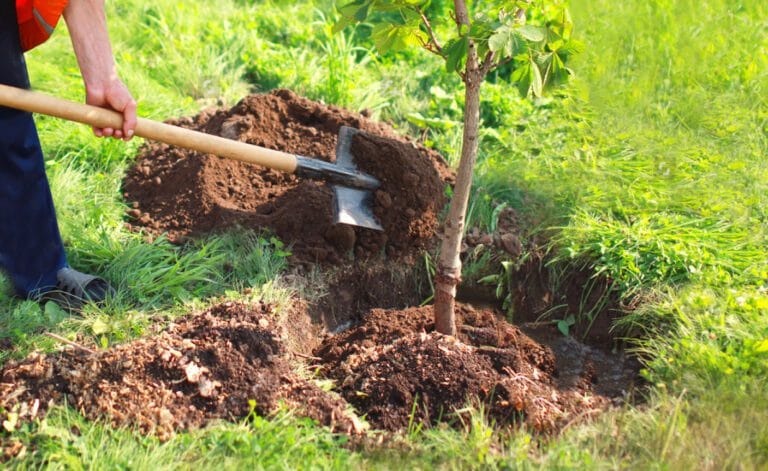The province of Nador is mobilizing for the regeneration of its forests with a vast planting program covering 7,700 hectares by 2030. This initiative is part of the national strategy “Forests of Morocco 2020-2030” and aims to strengthen the resilience of ecosystems against the effects of climate change.
A structured three-year program
During a recent meeting chaired by Governor Jamal Chaarani, the details of the provincial plan were unveiled, including the stages of the 2024-2026 three-year program. For the year 2024 alone, it is planned to afforest 900 hectares with a budget of nearly 13 million dirhams, and to reforest an additional 188 hectares for 2.8 million dirhams. In 2025, 994 hectares will be treated for an amount of 16.6 million dirhams. In 2026, forecasts anticipate the afforestation of 385 hectares and the reforestation of 160 hectares, mobilizing more than 10 million dirhams.
Local species for sustainable forests
Participants in this meeting – representatives of the National Agency for Water and Forests, local authorities, and forestry stakeholders – emphasized the use of local plant species adapted to climatic conditions: argan tree, juniper, carob tree, eucalyptus, acacia, and pine. These species play a key role in strengthening ecosystems and their adaptation to climate stress.
Participatory approach and ecological innovations
The governor advocated for an inclusive approach, involving forest users in all phases of the project, and mentioned the importance of a compensation system for herders affected by grazing restrictions in protected areas.
In this sustainability logic, the province will experiment for the first time with the “WATERBOX” technology, an innovative irrigation system used to plant argan trees with minimal water consumption. This process is expected to significantly improve the survival rate of the plantations.
Long-term supervised projects
To ensure the effectiveness of operations, a new generation of specifications has been adopted. These extend the contractual execution period to three consecutive seasons, including summer, to ensure the viability of the plantations before their final acceptance.


